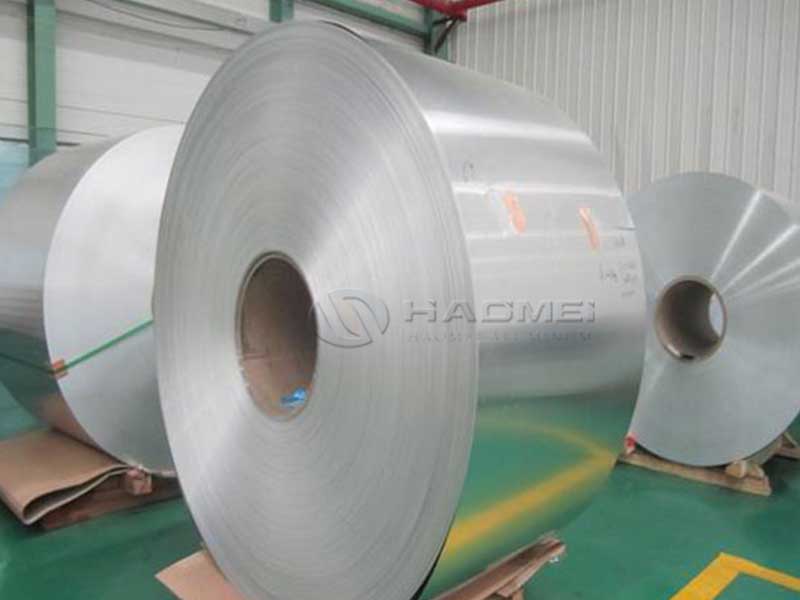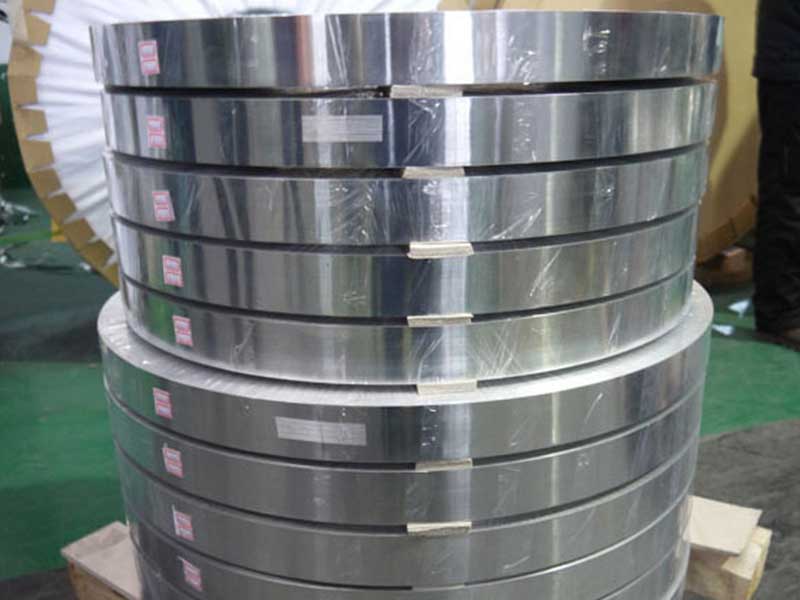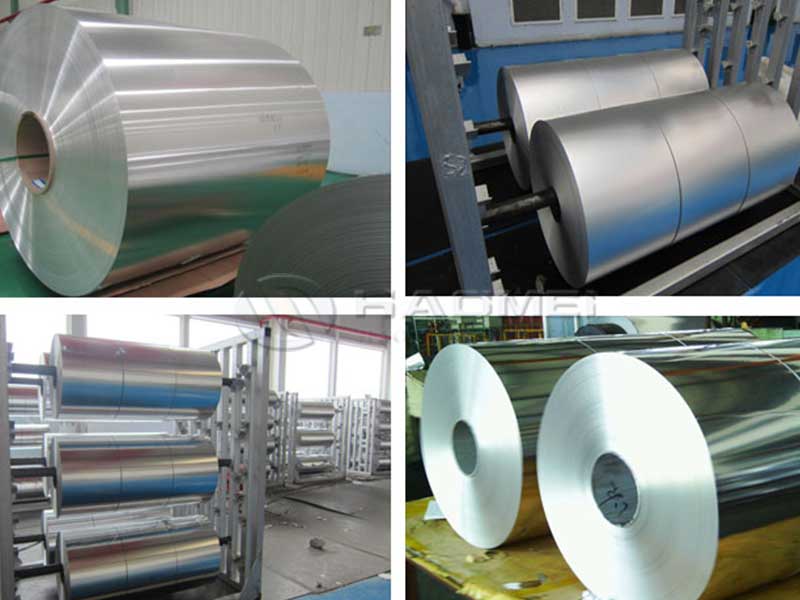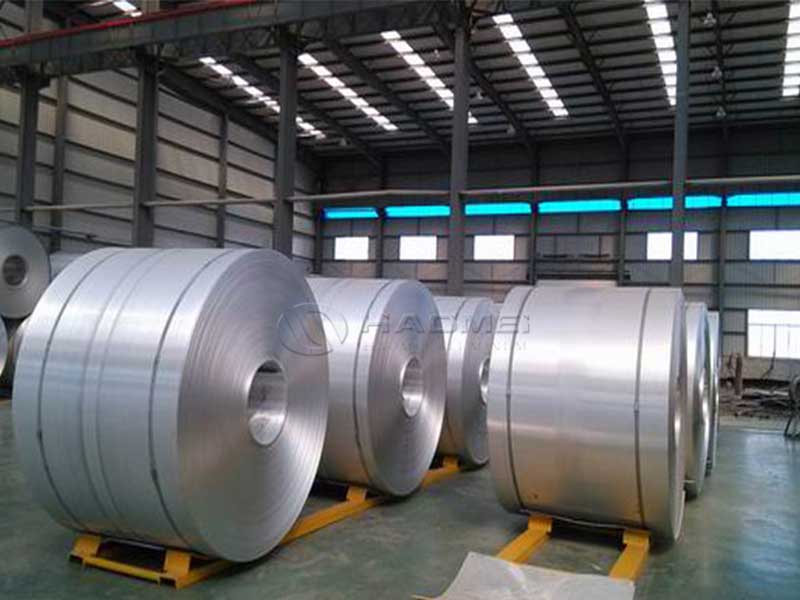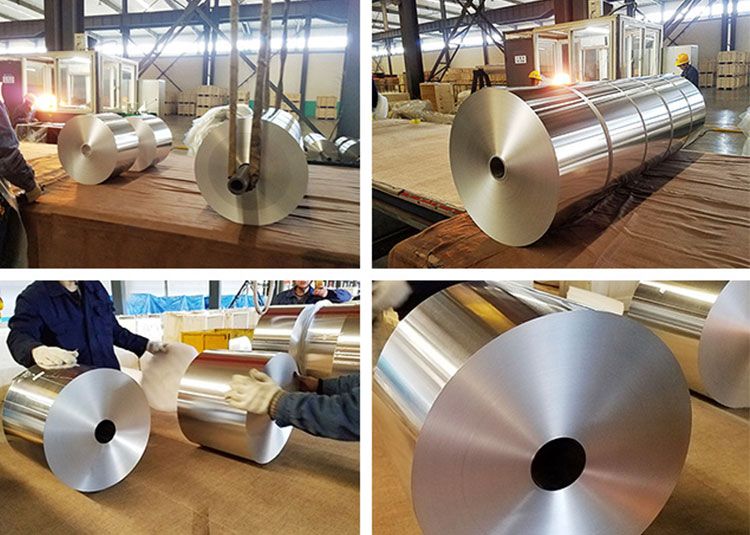How to Prestress Aluminum Foil During Rolling: A Unique Perspective
Aluminum foil is a deceptively simple material, often taken for granted in kitchens around the world. However, its production involves sophisticated processes, including the critical technique of prestressing during rolling.
Pre-stressing aluminum foil during rolling is a delicate balancing act, far more nuanced than simply cranking up the tension. We've found that subtle variations in the mill's roll geometry, specifically the crown and the roll gap, profoundly impact the residual stresses introduced. For instance, a slightly increased crown on the work roll can counteract the inherent tensile stresses developed during the rolling process, leading to a more uniform and less brittle final product. Equally important is the lubrication – a poorly lubricated system translates to increased friction, leading to uneven stress distribution and potentially surface defects, even cracking. We've experimented with different lubricants and even their application techniques, finding that a precise, controlled application minimizes these issues.
Beyond the immediate rolling parameters, the incoming aluminum's properties are crucial. The initial grain size and texture significantly influence how the material responds to stress during rolling. We've discovered that pre-annealing the aluminum to a specific grain size before the rolling process allows us to better control the final stress state, improving both the foil's strength and its formability. This means carefully monitoring the input material's characteristics and adjusting our rolling parameters accordingly to achieve the desired prestress level. It's a highly iterative process, often requiring small adjustments to multiple parameters to optimize the prestressing and ensure consistent quality across all our foil production.
Prestressing in Aluminum Foil Production
Prestressing refers to the deliberate application of stress to materials to enhance their structural integrity and resistance to deformation. In the context of aluminum foil, prestressing during the rolling process is fundamental for achieving the desired mechanical properties, such as formability, ductility, and tensile strength.
During the rolling of aluminum, foils are processed at extremely high reduction ratios—sometimes up to 99.5%. This level of reduction requires careful handling to prevent unintentional cracking or tearing. The challenge lies in ensuring that aluminum foils retain their integrity while undergoing considerable changes in thickness. This is where prestressing comes into play.
Techniques for Prestressing Aluminum Foil
-
Controlled Temperature Management: Rolling aluminum at elevated temperatures can provide the ductility needed to attempt substantial reductions without fractures. By maintaining an optimal rolling temperature, manufacturers can bend the aluminum molecules closer together, inadvertently prestressing the foil before it cools down, locking in a degree of stress resilience.
-
Incremental Rolling: Rather than attempting a massive reduction in one go, manufacturers often employ incremental rolling techniques. This involves rolling the aluminum foil in stages, where prestressing effects build progressively. As stress accumulates through successive passes, the metal's structure is fortified, making it capable of withstanding future stress and deformities during subsequent application forms.
-
Utilizing Computer Numerical Control (CNC) Technology: The advent of CNC technology in manufacturing has enabled dynamic adjustments during the rolling process. By incorporating computer feedback, operators can manage variables meticulously—such as tension on the sheet or heat—balancing rolls to lend to effective prestressing.
-
Material Enhancements: The use of rare earth alloying elements can significantly optimize aluminum foil properties. Adding materials like lithium or scandium during the rolling stage enhances both strength and prestressing potential, making the final product far more resilient and suitable for functional advancements across various uses.
Applications of Prestressed Aluminum Foil
Knowing how to prestress aluminum foil enables engineers and designers to exploit this unique material's properties in various applications:
-
Food Packaging: Prestressed aluminum foil exhibits superior barrier properties, keeping moisture and air out and preserving food freshness. Its flexibility also allows for innovative packaging solutions that can contour to different shapes and preserve delicate products.
-
Electrical Components: In electronics, the lightweight yet robust nature of prestressed aluminum foil makes it ideal for applications such as corrosion-resistant connectors and heat sinks, improving electrical efficiency and thermal management.
-
Medical Devices: The biomedical field has enthusiastically embraced aluminum foil for its sterile potential and biocompatibility. Techniques involving prestressing lend these foils the durability required for packaging sensitive devices or testing instruments.
-
Aerospace Engineering: As the aerospace industry turns its sights on lighter, higher-performing materials, prestressed foils find applications in skin panels of aircraft and in lightweight components where strength-to-weight ratio is crucial.



